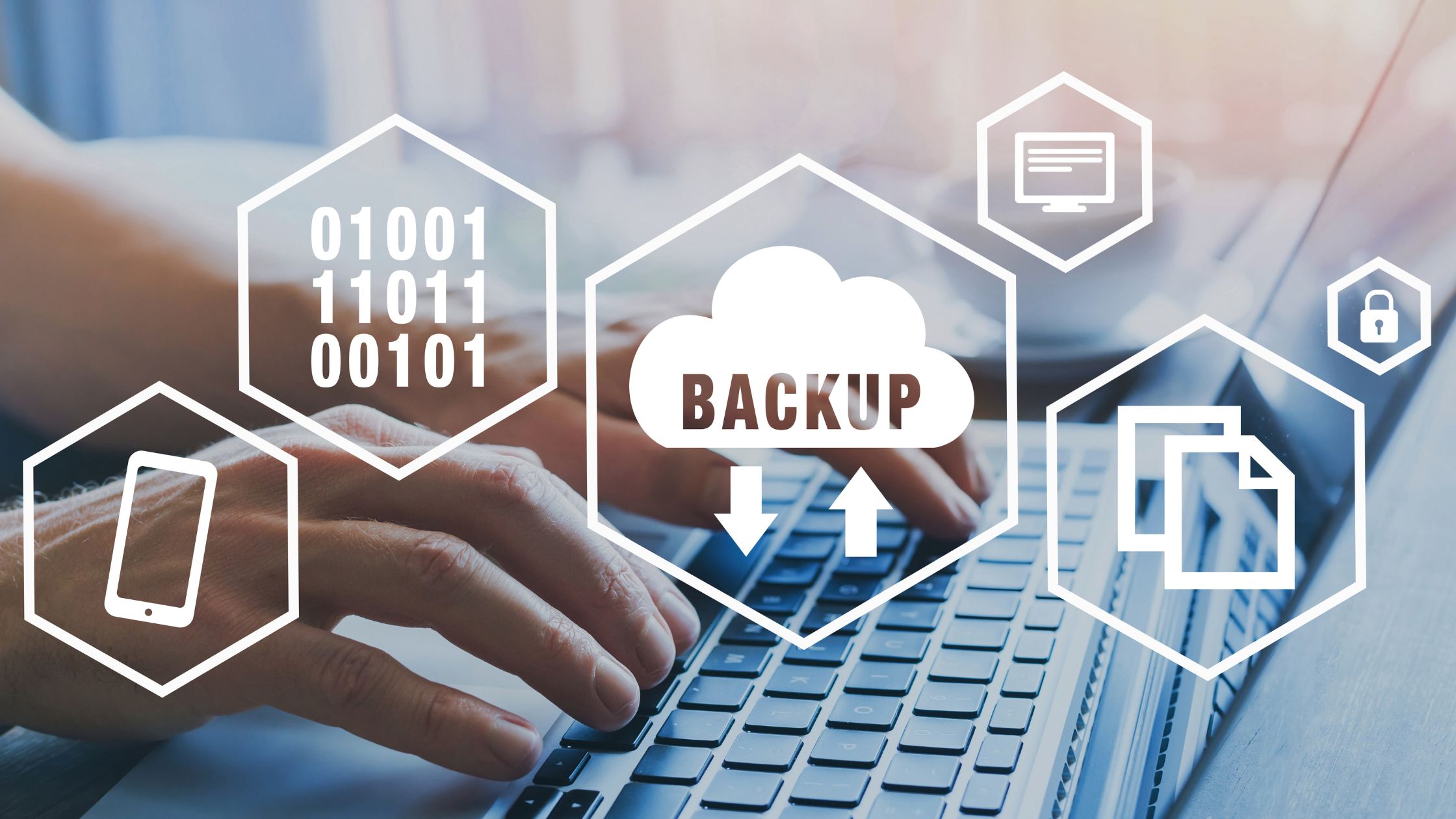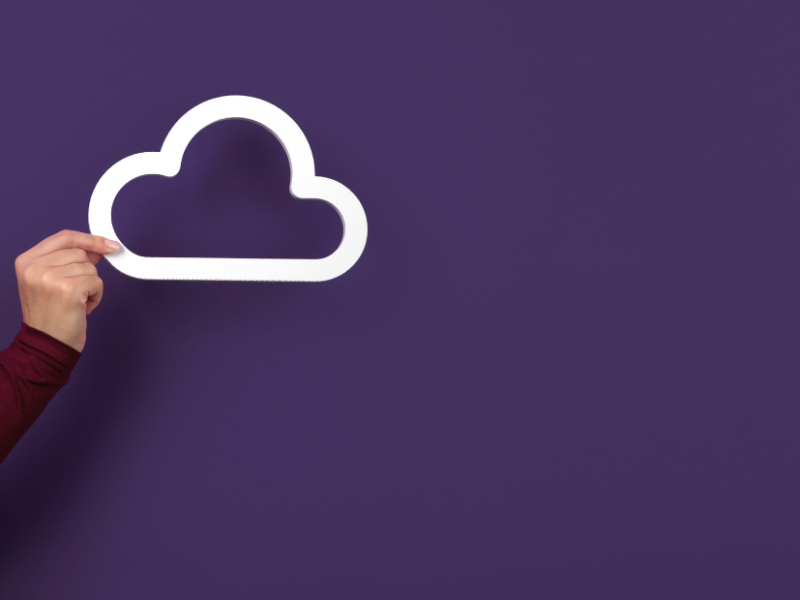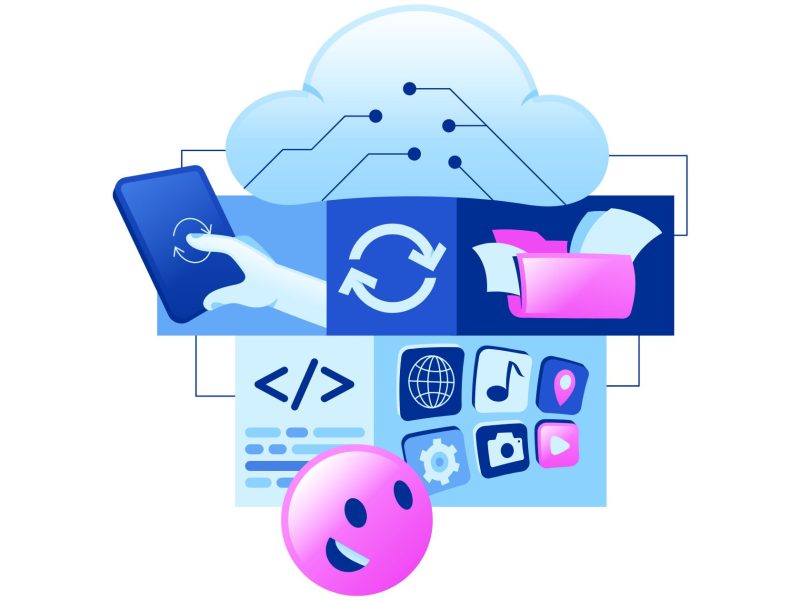You will agree with the claim that cloud computing has grown in popularity over the past few years among companies of all kinds. The ability to store data and applications in the cloud is one of the benefits of cloud computing. Keep reading to find out more about Disaster Recovery in the Cloud.
Also, this can offer important advantages over conventional on-premises storage. However, in the cloud environment, catastrophes like natural disasters, cyber-attacks, or system outages can still happen. And this can seriously impair business operations. Despite the above, there are measures that can be used to curb the aforementioned challenges.
The policies and procedures put in place to make sure that businesses can quickly recover from disasters are referred to as disaster recovery in the cloud. These procedures can also restore normal operations in the case of a disruption
It might interest you to know that the successful disaster recovery plan and best practices for putting disaster recovery strategies into practice in the cloud will all be on this page. But first thing first, let’s understand what cloud-based disaster recovery means.
What is Cloud-based Disaster Recovery?
The phrase “cloud disaster recovery” (cloud DR) describes the techniques and products used by businesses to back up their data, apps, and resources in a cloud environment.
Cloud DR aids in safeguarding company assets and preserving business continuity. With it, enterprises can restore data from backed-up versions to on-premises or cloud settings in the event of a disaster.
Also, the capacity to swiftly scale up and down depending on business needs and requirements is another important benefit of cloud-based disaster recovery.
Why is Disaster Recovery on the Cloud Important?
It is crucial to have a strong disaster recovery plan in place. When there is a power outage, businesses can swiftly recover their data and carry on with business as usual.
Also, disaster recovery plans can help to maintain business continuity during network or power outages. Additionally, it is useful in system failures, natural disasters, accidents, cyber-attacks, and software updates. And this is in addition to ensuring availability in the event of power outages.
Traditional disaster recovery, is, however, frequently complicated and pricy. And it depends primarily on on-premise resources.
Additionally, it provides a more practical and cost-effective solution. Cloud DR is frequently provided as a software-as-a-service (SaaS) solution. And it may be expanded to meet the particular demands of the organization.
Cloud Disaster Recovery
The following are disaster recovery strategies in the cloud:
It is important you know that analysis, implementation, and testing make up the three main steps of a cloud-based DR plan. Let’s examine them piecemeal.
1. Analysis
This is one of the tips for disaster recovery in the cloud. You should do a thorough risk analysis. Also, you should carry out an impact study of your current IT infrastructure and workloads as part of the analysis phase of your disaster recovery strategy. It will be easy to detect potential catastrophes and vulnerabilities once you have listed all of the risks.
Once you have gathered all of this data, you can assess how well your present infrastructure handles these problems. Additionally, you will be able to work out the recovery point and recovery time objectives for your workloads.
2. Implementation
This is one of the tips for disaster recovery in the cloud. You can describe the procedures and technology required to handle catastrophes as they happen throughout the execution phase of a disaster recovery plan.
The objective is to create a plan that enables you to carry out all necessary actions and react quickly. The following four major steps in disaster recovery installation:
- A thorough strategy outlining how to react to circumstances. There should be distinct roles and responsibilities. This process is called preparation.
- There is the prevention phase. This refers to actions made to lessen hazards and vulnerabilities. Usually, it involves personnel training and regular updates.
- Also, there is a response which is manual and automated steps taken to ensure prompt action in the event of a calamity.
- The place of recovering takes manual and automatic steps to swiftly retrieve the data required for regular operations.
3. Testing
This is one of the tips for disaster recovery in the cloud. You must regularly test and update your plan in order to ensure its feasibility. By doing this, you can guarantee that your personnel is consistently well-trained and that your needs are still being met by the plan.
Also, make sure that all automated systems and technologies are operational and available at all times. Additionally, you can use testing to find gaps in your plan and amend it as necessary.
RELATED SEARCHES!!!
- Movavi Video Editor Review
- Unlocking SEO Benefits with Inject Header Query
- Onworks Free Hosting: The Best Way to Get Started Online
- Top 5 Ubuntu Emulators
- Getting Started with JavaMod: A Step-by-Step Guide
What are the Types of Cloud Disaster Recovery?
There are several types of cloud disaster recovery, the top ones are:
Public Cloud Disaster Recovery
This is one of the top disaster recoveries in the cloud. Public cloud disaster recovery involves using a public cloud service provider to store and recover data and applications in the event of a disaster. Interestingly, the provider offers a range of disaster recovery services, such as data backup, replication, and failover.
Public cloud DR is a cost-effective option, as businesses only pay for the services they use. However, the downside of this method is that businesses may not have control over the recovery process. Public cloud providers may also have limitations on the types of data and applications that can be backed up and recovered.
Private Cloud Disaster Recovery
This is one of the top disaster recoveries in the cloud. Private cloud disaster recovery involves using a dedicated, private cloud environment to store and recover data and applications in the event of a disaster.
Private disaster recovery provides businesses with more control over the recovery process. This is because they can customize the environment to meet their specific needs. However, the disadvantage is that the method can be more expensive than public cloud DR. Also, it also requires a high level of expertise to set up and manage.
Hybrid Cloud Disaster Recovery
This is one of the outstanding disaster recoveries in the cloud. This method involves using both public and private cloud environments to store and recover data and applications in the event of a disaster. Also, hybrid cloud DR provides businesses with the flexibility to choose which data and applications to store in the public cloud.
However, the bad side is that this disaster recovery method requires businesses to manage both environments, which can be complex and time-consuming.
Multi-Cloud Disaster Recovery
This is one outstanding method of disaster recovery. This recovery involves using multiple cloud service providers to store and recover data and applications in the event of a disaster. Also, it provides businesses with redundancy. Businesses can store data and applications in multiple locations.
But then, there is the bad side. Multi-cloud DR can be more expensive than other options. Also, multi-cloud disaster recovery also requires a high level of expertise to set up and manage.
Disaster Recovery as a Service (DRaaS)
This is another outstanding method of disaster recovery. It provides a complete suite of tools and services for backing up. It replicates and recovers data and applications in the cloud. Also, DRaaS is a cost-effective option, as businesses only pay for the services they use. Additionally, it provides businesses with flexibility,
Businesses can customize the level of service they need. However, DRaaS requires a high level of expertise to set up and manage.
Conclusion
Disaster recovery is required for any business that deals with data that they do not want to lose. A disaster recovery solution ensures high availability while keeping data secure and recoverable in the event of a disaster.
Transitioning to DR is not an all-or-nothing proposition. It necessitates data identification and analysis based on the need for recoverable data and the time required to restore this data (RTO & RPO).
We believe this article was helpful. Please, ensure you share this information with your loved ones.


